CDO – Changing the Game for Chilean Sports Broadcasting
CDO have given an impressive range of coverage for the South American Games. Sport/Life talked with Senior Editor Camilo Zamora about the Games and the plans for the channel.
The interview took place the day before the opening ceremony, with a clock counting down the days until the South American Games kicked off.
We are one day out from the Odesur – how are the preparations and the plans?
We’ve been preparing for this for months, but obviously now you are starting to see the nerves, particularly from some of the younger people than the more experienced people in the channel. There’s a mixture of experience in every way, from the technical assistants to the content.
For three months we’ve been working on the different signals, on the internet access at the venues. We are used to working with a system that works through the internet connection, so that we can broadcast through a good internet signal with HD.
The traditional system in Chile is based mainly on satellites, we have to re-educate, that all the venues need to have internet, not just for the journalists, but also to generate television signals. In some sports there’s not going to be coverage with a mobile transmission, six or seven cameras, but just one camera, so that the reporter can provide the information to the main broadcast.
In the case of the channel, like I said, there are many young people, then we have some journalists and directors with great experience from TVN (Television Nacional). That’s my case as well as the General Manager. He was a workmate in the Zoom Deportivo there. It’s the great school we have in this country for sports, particularly for television. Working with Pedro Carcuro, Sergio Livingstone, Michael Müller and others, the people that practically founded sports broadcasting in this country.
In the case of the younger people, we are instructing them step by step, it’s something that people may not be used to, having a channel completely dedicated to sport.
Many people come out of university with the idea of covering all different types of areas, but we are have sports journalists, who are out in the field, at the training, this is a work of at least three years. We feel that last year was a year of real consolidation for the channel, particularly through basketball, which also had a strong year.
It was “dying” some years back, but the teams have been consolidated into the Liga Nacional Movistar, we were doing three of four transmissions of basketball matches each week. We are making history with that, there have never been that many basketball matches televised in Chile. Basketball is the second most played sport in Chile.
Are you travelling throughout Chile to cover sports like basketball?
We have a travelling team, they will go where the games are, from the fifth region to Chiloé. We are travelling every week, to San Fernando, Chiloé, Puerto Montt. Sometimes we’ll be in three different places over the weekend.
How is CDO broadcast?
You can access CDO through Movistar, Claro, GTD Manquehue, Telefonica del Sur and online. For these games, it will be the first time we have CDO on every cable operator, with VTR and DirecTV. We will have three signals with different content on each one. VTR will have the basic signal, while DirecTV will have both the premium and basic signals.
How do you plan what to broadcast?
Depends on where each of our broadcasts are located, where the teams are. TVN will also have the signal on free to air TV. They will have their equipment in the different locations, broadcasting for a short time. Afterwards we can make use of that signal in the same location. We can switch between the different signals, particularly when there’s an important event or a medal is won. For example, when Tomás González competes in gymnastics, all three signals will be showing that.
How do you define the coverage for each sport?
We plan to show the greatest quantity of sports. TVN will be more interested in traditional events for sports broadcasting, such as gymnastics, athletics and swimming. These are the sports usually shown during the Olympic Games. We will be showing a wider variety of sports. We will focus more on team sports, particularly basketball, volleyball, beach volleyball. We are going to show something from all the sports.
Sometimes it will be a reporter checking in for a location, or we will also have daily shows giving a review of the action.
What’s going to happen after the Games?
We will have a break of five days. A break from the games, the channel will keep running, but then we have the Juegos Parasuramericanos. They only go for five days and we are still in meetings to see what will be broadcast and what will not. All the events will take place in the Estadio Nacional area.
After that the basketball will be on again, there will be plenty to focus on through the normal schedule.
How does the business model work for CDO?
Through the subscribers. We have the premium and basic signals. In the premium channel, all the events are broadcast live. For example basketball, beach volleyball, volleyball, tennis. Everything that’s broadcast live is through the premium. The subscribers know that. Our niche programs are played on both basic and premium. The premium is to differentiate by showing sport live.
For example, take basketball. 75% of the subscribers are due to basketball, it’s something we focus on, it’s the second most played sport here in Chile. We managed to achieve an identity and a range for the channel. There’s great interest in it. For example, in Chiloé, Ancud is the “capital of basketball” in the south. And when they play here in Santiago, that’s when there’s the biggest quantity of viewers online in that zone. There also coming to watch on cable, but through the online platform, we can allow people to enter per event.
For the cable, it’s normal, you pay it like any other account each month, but online is purely per event. For example, two weeks after showing them live, we begin to repeat the basketball games which were on premium, to differentiate between the channels. If the people want to see the events live, they will get the premium channel.
The other part is the publicity. We have agreements with brands associated with the different sports. For example Spalding, they are a sponsor of the basketball league, as well as of the channel. The basketball program we have is also supported by Spalding. The league is the Liga Movistar by Spalding.
This is a project from the Chilean Olympic Committee, how do they support?
It’s the first Olympic Committee in the world to have their own channel. We started out with that formula, that it would be only for Olympic sports. Over time we opened that up, in order to have sports that may not be Olympic, but they are federated, so if they have a federation, then they are sports we can consider. Sports like professional boxing, professional basketball and many other sports that may not be Olympic.
What is the model of channel that you’d like to follow for the future?
I think we are replicating what’s done in Argentina. Channels like TyC. I don’t think we can be something like ESPN, they are doing many things and are very aligned with football. I think we can focus on the other sports and build on the niche that cable has. In the open television there is the issue of ratings, that demands what is shown in terms of sport. In the premium channel we can really see what the people like or don’t like in terms of what is shown.
How will you cover the Odesur?
We have five mobile transmission vans, as well as journalists from the channel going to different sports. We have brought in some people from other channels, as well as some sports specialists. We are going to have three different signals broadcasting throughout the Games, all day.
We’ll have our usual commentators for the basketball, like Marcelo González, as well as journalists like Veronica Bianchi who are with us every day. Then we will have athletes like Claudia Vera, part of the national team for karate, Olympic swimmer Maximiliano Schnettler, Victor Garrido, cycling champion, or Carolina Rodríguez, who won the boxing world title. Marcelo Muñoz as well, an ex-weightlifter, Macarena Miranda, she’s an ex-tennis player now working with the federation. There’ll be many people rotating through the studio for each sport.
How do you feel about Chile’s sporting culture and how can that culture change through the channel?
I think we are working on it, and we have to keep working on that. Changing the culture is an area that is very important for us. We are generating what needs to be done. We have to show the people that not only football is professional, these athletes are professional, they are receiving money to do their sport. If you would pay to watch football, if you like it so much, you might pay 10,000 pesos to have a pay-per-view, we are charging under 4,000 pesos for a wide range of sports. Basketball, volleyball, kickboxing, roller hockey, field hockey, handball, etc.
We have throughout the year, each Saturday and Sunday basketball, every Monday we have the Chilean handball league, on Wednesday’s the Chilean volleyball league. We had the Basketball development league, which is like the “B” league, with younger players. Fridays, boxing or kickboxing, combat sports. Bit by bit, we have people coming each day to see which sports are on the channel.
On Tuesday we have a special program for the basketball league. Then we have other programs that are harder to broadcast live, such as motor racing. We’re trying to cover all the areas where we know the people are interested.
When there’s no live broadcasts, we have programs, including content from overseas, for example a show from FIBA, which shows all the basketball leagues from around the world.
Will you have programs that teach people about the sports, how to play, what are the rules, etc?
In general, we may not be broadcasting for the people who are experts in the game. For that reason, which may seem stupid to an “expert”, in each transmission, we are reminding people of the rules, of some technical information about the game. This is something we also demand of our staff, that they know the rules and technical terms. When they use a term, maybe in English, that they know what it is. Like in rugby, when they talk of “knock-on” or “up-and-under”, if the people watching don’t know English, there not going to know what those things are. The broadcaster needs to know, and to tell the people watching what a “scrum” or a “knock-on” is. And the idea is that this extra knowledge will help improve the sporting culture.
Do you have any plans to do shows in other languages, such as English or Portuguese?
I think that everything we have coming from abroad still needs to be translated and subtitled. We have the basketball program, which I mentioned earlier, we had the World Combat Games. To do a show in English, it’s not something we’ve really thought of doing so far. When thinking of the foreigners, you’d think of our online channel, which is available both through computers and the mobile phones.
Something we’ve come across, particularly with the basketball, is that people are there at a game, and they’ll be keeping their eye on another game that’s happening. That’s part of the sporting culture as well, generating this identity. In the final there were 4,000 people each day in the gymnasium in Osorno. During the playoffs, we would see the players on the bench would be monitoring the other matches through CDO, because if one team lost, they would qualify to the finals. We would see this in the crowd too.
People are writing to us from Brazil, Venezuela, countries that have players in Chile, that are telling us they are watching. When we had the South American Championships for hockey, people were writing in and asking how could they watch it, how could they sign up. We have managed to achieve to bring a closeness that is impossible because of distance. We also have the international signal, which goes where TVN has an international broadcast.
But we haven’t yet thought about doing a complete show in English.
How is the relationship with the athletes?
Really good. It’s very important for the athletes to have the diffusion. On the open channels there is a very limited opportunity to be shown. We have a very different relationship. Many of the journalists are seen as being “just football”, and as an enemy, but here the doors are always open. The other thing is that we are here. If we want to do a story on Tomás González, he’s training four floors below. The basketball is just over to the side. Volleyball, handball, boxing, karate. We’re all living in the same house, so to speak.
What will come after the Odesur? How can you take the example of the games for the long-term?
I think when you look at sports through a non-football lens, you have a different view. Many people working within Santiago 2014 have a very different view from us. I was working for seven years in TVN, and then six more years in Vive Deportes. The lens of the other sports, that’s the people who are working here with us. Specialists in the different sports. We are looking at Santiago 2014 through the lens of the gente polideportivo. The channel has been working intensely for three or four years on these sports.
I look at things with a different view to some. This is not a beginning. This is the grand event for the polideportivo, the most important event for Chilean sport.
How can you make use of this grand event?
Opening the gymnasiums, open the venues. So that the people have a closeness to the athletes, to the sports. They can gain new knowledge. They may have their ticket to see Tomás González. They might be fighting for a ticket to see the athletics, but many of them may have never seen an athletics track before. Basketball will sell out, but that’s something that’s been running for a long time. The team will have players from all parts of Chile. This is a great opportunity for people to see sports that are not football.
In the Opening Ceremony they will have Los Jaivas, they will have Americo, it’s a big mix of everything. After the Odesur, comes the Parasurameicanos, then for us comes the basketball, the boxing, the volleyball. We will continue giving coverage to all these sports and more. For the lens of football, this is something that’s just beginning. There’s also football in the Games, under 17 men’s and the women’s tournament too.
This event is the most important event in the history of Chilean sport.
Could Chile host a bigger event, like the Pan American Games?
They are fighting for that. They bid last year, though Peru won that bid. We will have the Copa América for football, I see no reason why Chile could not host the Pan American Games.
Do you travel outside of Chile to cover Chilean athletes?
Depends on each situation, it depends if the Olympic Committee will allow us to travel with the delegation. For example, the Pan American Games bid in Toronto, we were the only channel broadcasting live from there. We’ve been in the South American Championships for basketball, World Championships for volleyball. If we can, we travel. At times, we also receive signals from the different events.
Through the Olympic Committee we had the signal for the Juegos Boliviarianos, and we were the only channel showing that. The Youth Games in Peru, the World Games in Cali, Colombia. We are spreading these sports throughout the year. We are here with the lens of all sports, and we’re going to continue, as long as the subscribers and sponsors keep supporting us.
That’s the job though, generating customs, generating culture, generating support. And that the people understand the opportunity of the cable space. On the open channels, they may not permit the space for sports people want to see, so they will have to search for other avenues. It’s something that’s been built up in Argentina and Brazil already. In the US as well there are many countries where cable is the way to see all the sports.
Are there plans to copy this model in other countries, to have an Olympic Committee channel?
I don’t know. Many people ask that in interviews, though I don’t know if anywhere has taken up the initiative. People from Argentina and Brazil have commented that it is such a wonderful thing, to have a space for all the sports. They have the same problem with the open television in these countries too.
What’s your goal for the Games, personally?
I am charge of the content here, the journalism side of things, my goal is to realise an excellent coverage of the Games, high quality, use this to generate greater interest, new subscribers, new fans of some sports or athletes. Much more than that, to consolidate CDO as El Canal de Todos los Deportes, and hope that this is a project that keeps growing. Hopefully there can be other channels that focus on other sports too, not just on football.
Anything else to add?
What can I say, I hope that things go well and we enjoy our work. At TVN we lived and breathed football, but other sports as well. I think initiatives like this, to show all sports, have been the dream of many of us. We have to remind some of the younger journalists to make sure to enjoy the journey, it’s a unique opportunity because this country has never had an event like this.
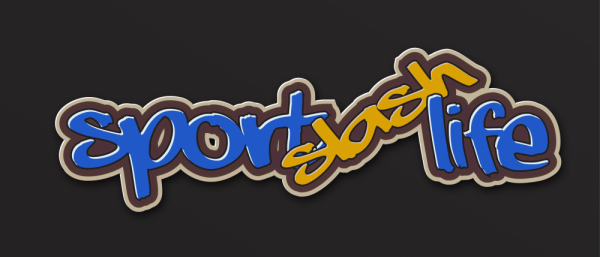
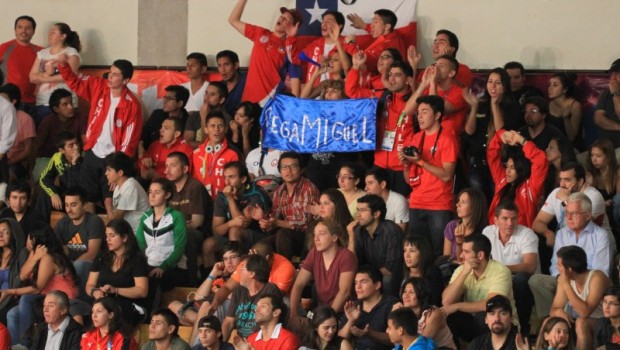
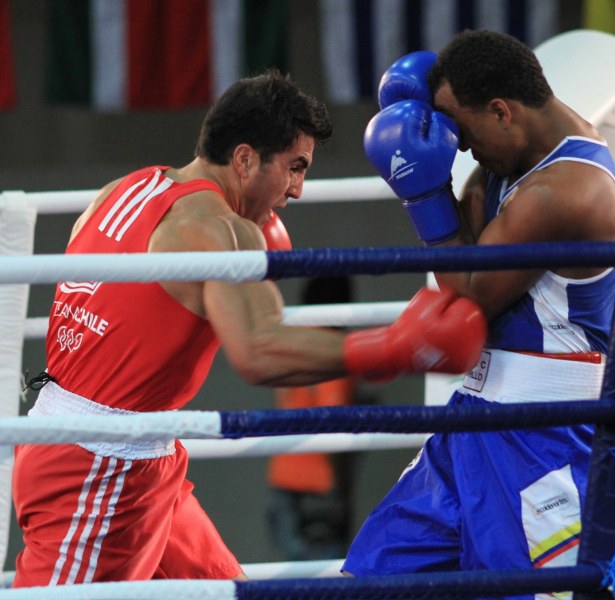

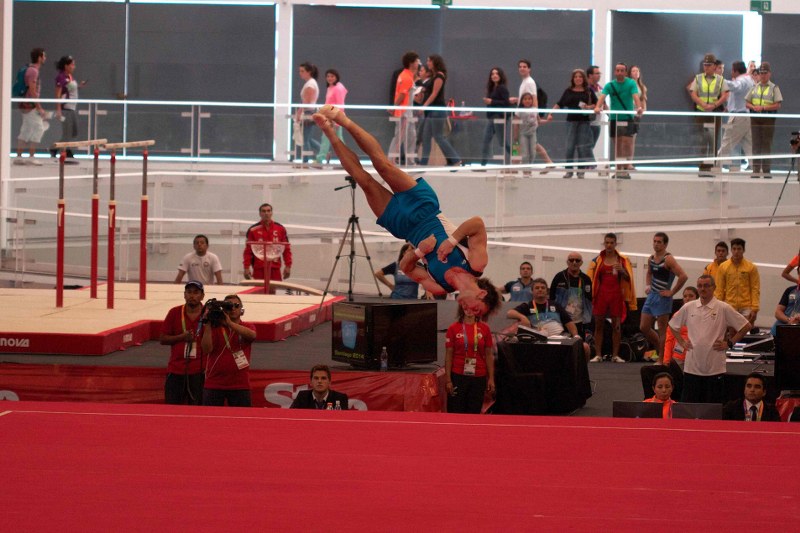
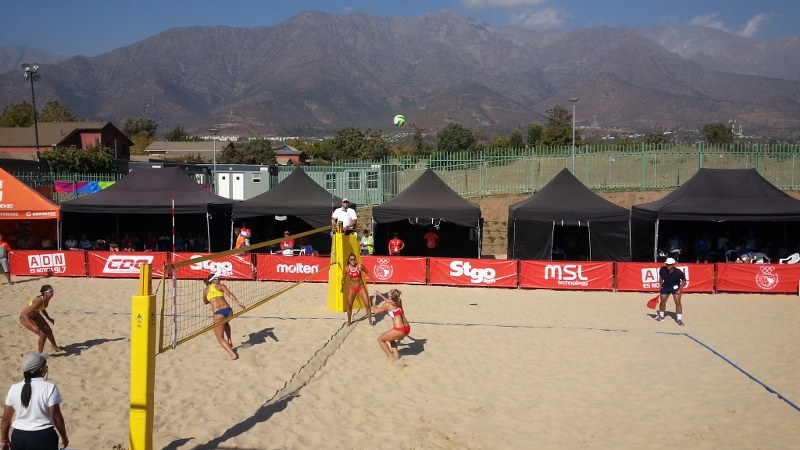
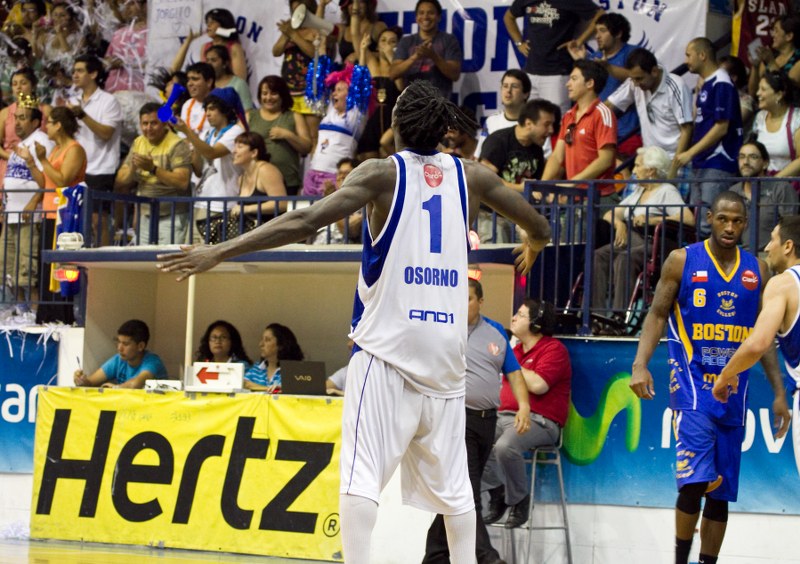
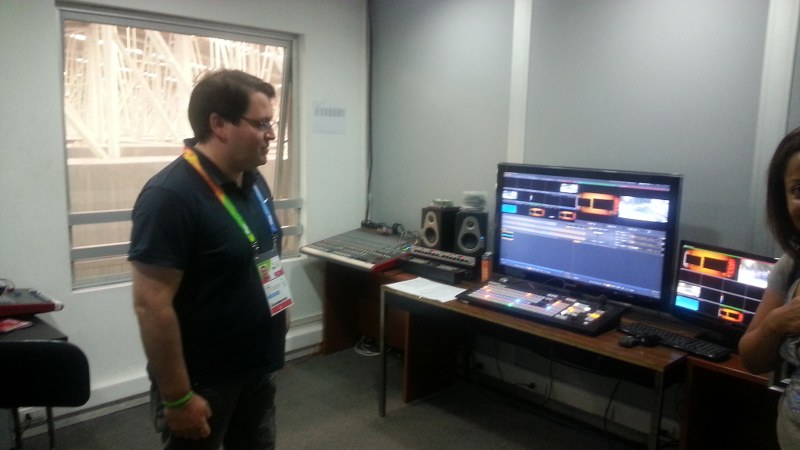
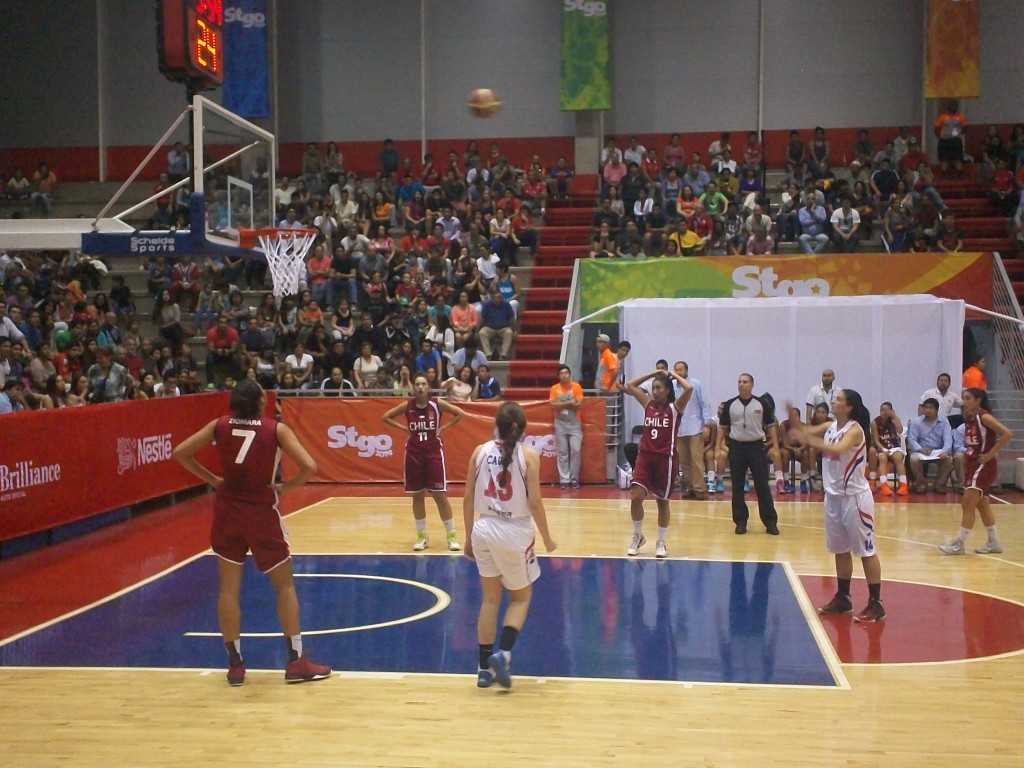
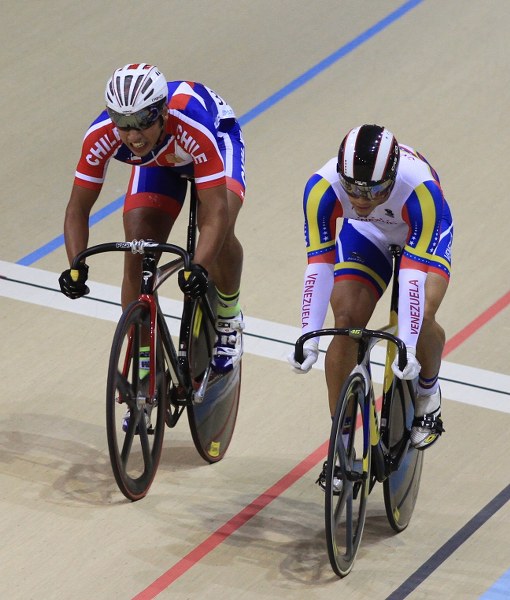
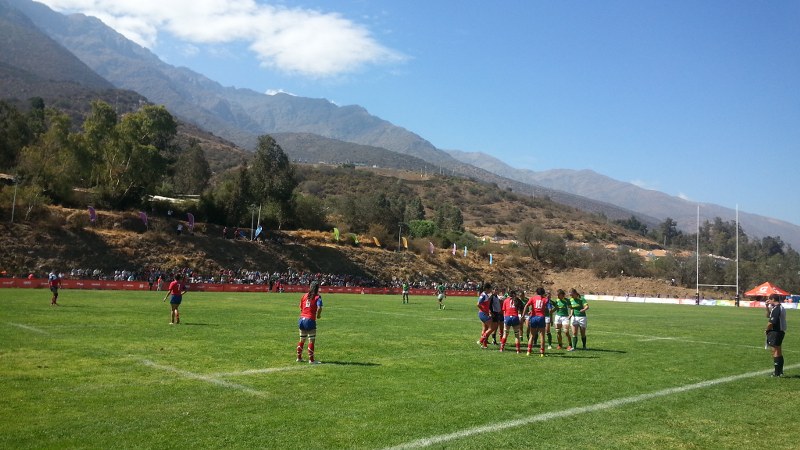
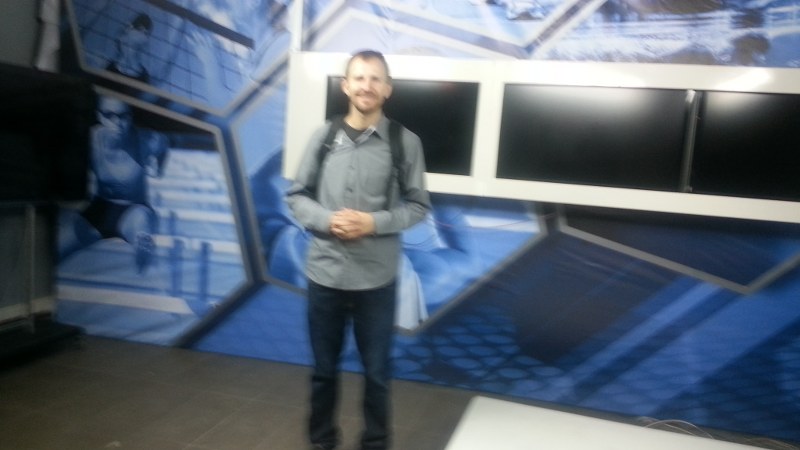
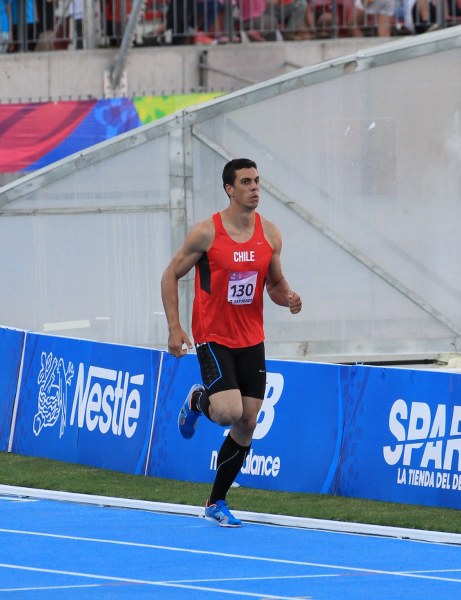
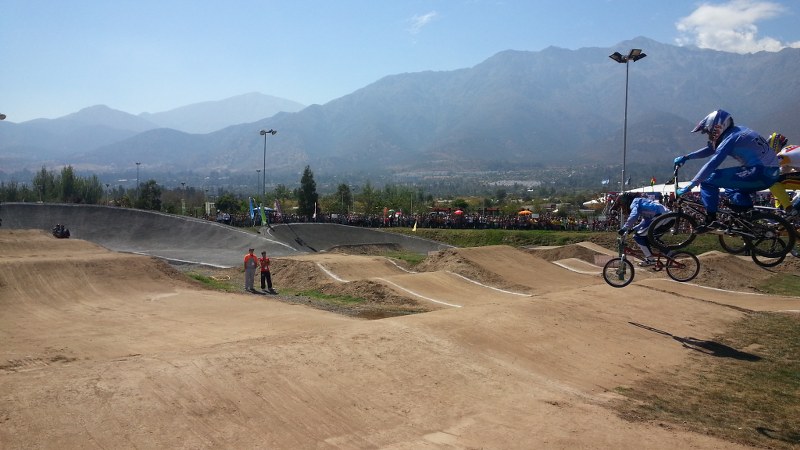
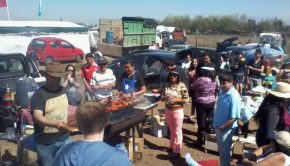
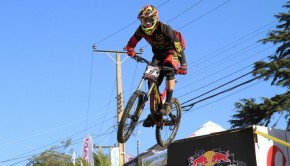
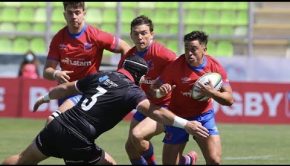
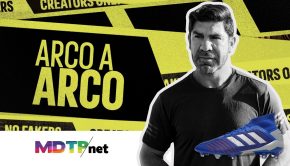
Pingback: Chilean Olympic Committee Celebrates 80 Years - Sport/Life
Pingback: Chileans Impress at World Weightlifting Championships - Sport/Life